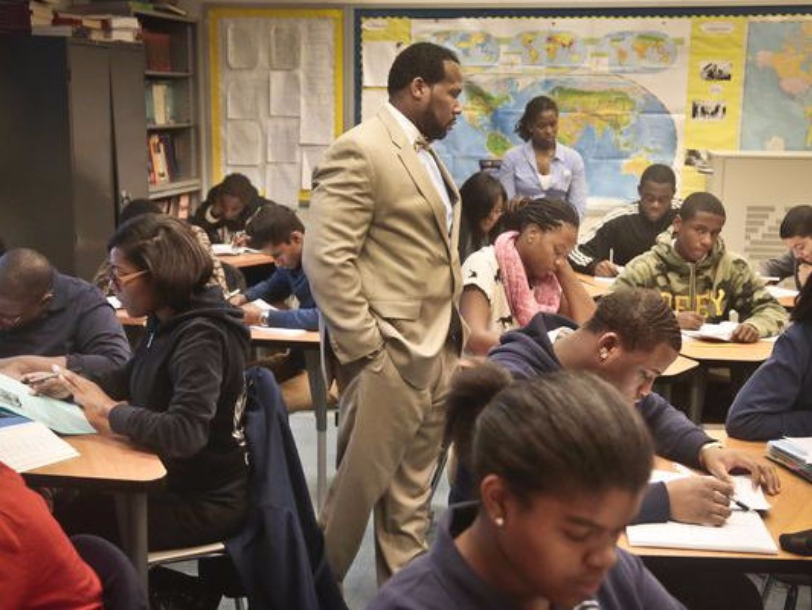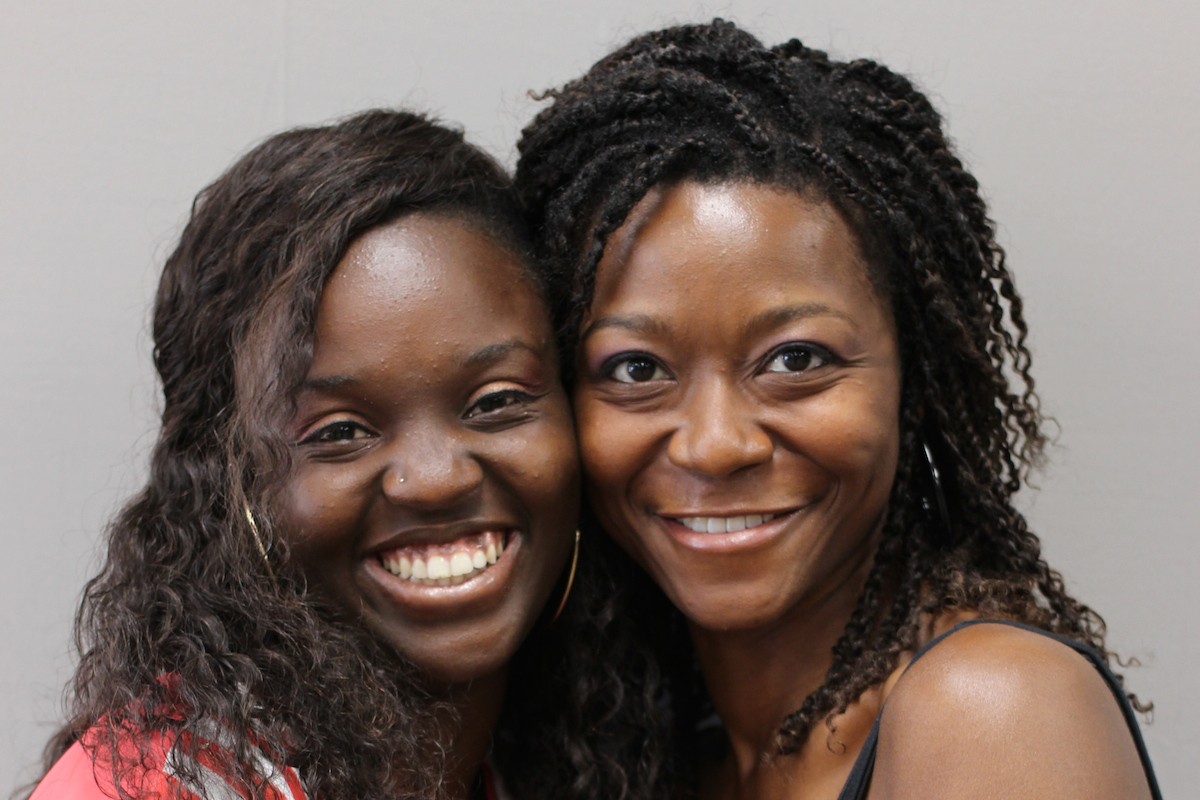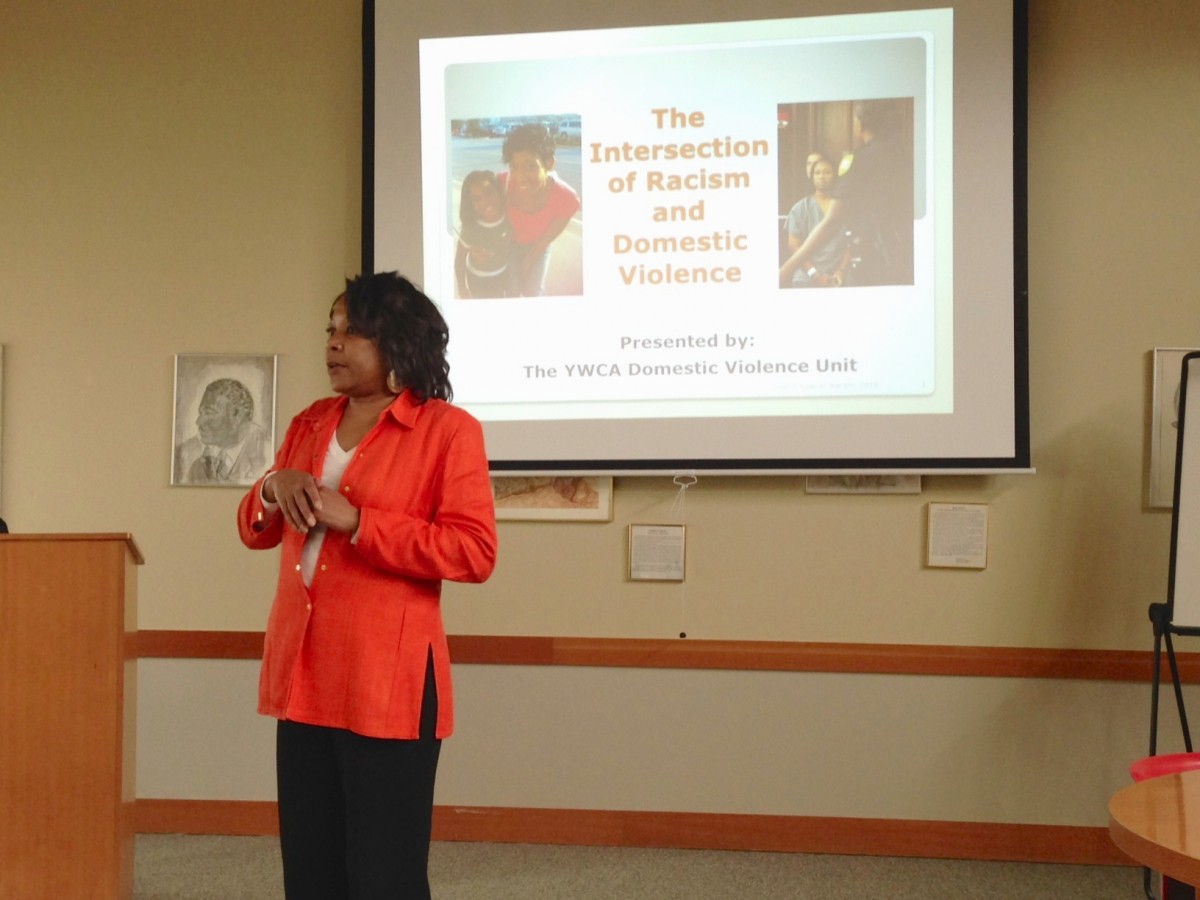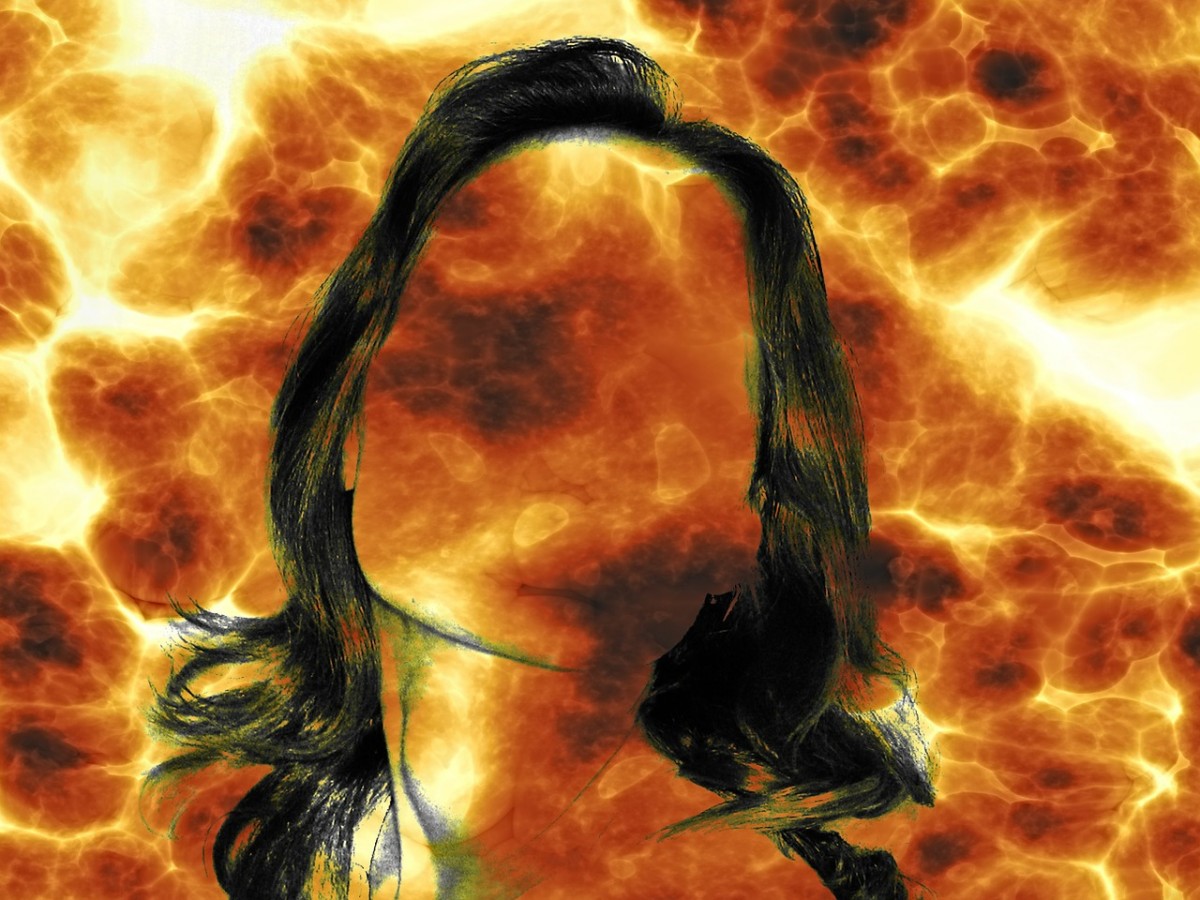Children across the state have said goodbye to summer and headed back to school. Research shows that some of these students, through no fault of their own, will receive unequal treatment in the classroom. School psychology grad student Perry Firth explains what that unequal treatment looks like and why it happens in this first part of her two-part series, "Separate and Unequal: Poverty, Race and America’s Education System."
Racism
“I’ve Dealt With a Lot of Stereotypes”: Danielle’s Long Journey Home
In a new StoryCorps conversation, Danielle relays a grocery store customer's snide comment to her white adoptive mother. It was just one of many times she has been disparaged for being a black woman. And racism in our community face goes far beyond unkind remarks.
Stand Against Racism: Stereotypes Put Domestic Violence Survivors in Danger
At a weekly support group for African-American survivors of domestic violence, the facilitator once asked the women why they were reluctant to report domestic violence to police. Among the many reasons was that the women feared being blamed for the domestic violence situation. As the case of Marissa Alexander shows, they have good reason to be afraid.
Violence Against Women: So Common, It’s Cultural
Today’s American women have more opportunity, empowerment and success than ever. Yet violence is a persistent problem. Especially when it occurs in the intersection of race, power, poverty and history, large segments of the female population are left without support or justice from our legal system. Perry Firth from the Seattle University Project on Family Homelessness shares disturbing statistics, and takes a close look at the cultural forces that cause and sustain violence against women in this thought-provoking post.
A Web of Risk: Homelessness and the Special Education Category “Emotional Disturbance”
Students who receive services under the special education category Emotional Disturbance have particularly poor outcomes, both in educational attainment and other indicators of life success. The children who have been diagnosed under this category provide an example of how poverty, other demographic variables, and educational practices all interact to influence not only school success, but special education placement.




